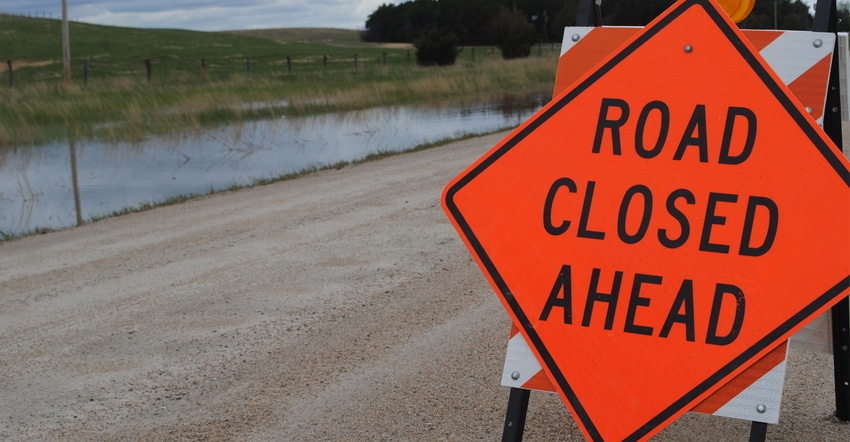July 3, 2019

Farmers take bridges for granted these days. The old bridge that spans West Bow Creek just south of our farm has been there since the days when our county blacktop was a wide graveled Meridian Highway, the original route of U.S. Highway 81.
Without that bridge across Bow Creek, traffic would have been completely stifled, even in the early days.
Today, that bridge carries semitrailers full of grain and livestock, tractors and farm implements, cars, trucks, and on weekends, long lines of boats and campers traveling north to Lewis and Clark Lake. The bridge that we drive across every day goes almost unnoticed.
I’m sure most farmers and ranchers, unless they are county supervisors and serving on the township board, don’t notice the bridges they cross on their graveled township and county roads, state highways and back-country byways.
We drive over the bridges with trailers filled with cattle or trucks loaded with grain, and we don’t think about the importance of those bridges — or the roads we travel — until one day when those important components of rural infrastructure are gone.
After March floods across the state this spring, farmers and ranchers are appreciating bridges and roads a lot more. On every governmental level, from township on up to state highways, roads and bridges were destroyed and severely damaged by ice, debris and floodwaters.
In some cases, the loss of small bridges isolated farms and farmers for days during the worst of the flooding. County road crews were overwhelmed. State Department of Transportation workers kicked in to rebuild, but everyone working on roads and bridges this year has been under tremendous strain to get rural traffic going again.
To the credit of road workers on all levels in Nebraska and southeast South Dakota, much of the immediate work was done quickly. But the water continued to be a rural road problem all spring, especially in regions of South Dakota. As the year progresses, more bridges and roads are brought back on line, but much of the damage will exist in one form or another for years.
This spring produced a disaster that was monumental and unlike anyone had seen in a long time. It reminds us of what it might have been like in those early days of settlement when there were no real roads — other than paths for horses, wagons and buggies — and no real bridges to speak of.
How did people get around? How did they haul livestock and grain to market? How did they come up with a plan to build new roads and bridges, and how did they afford to do it?
If we were not alive during those early days, we cannot truly know the experiences of our ancestors on the land. However, the flooding disaster this spring helps us to appreciate their early efforts in those days much more.
You May Also Like




